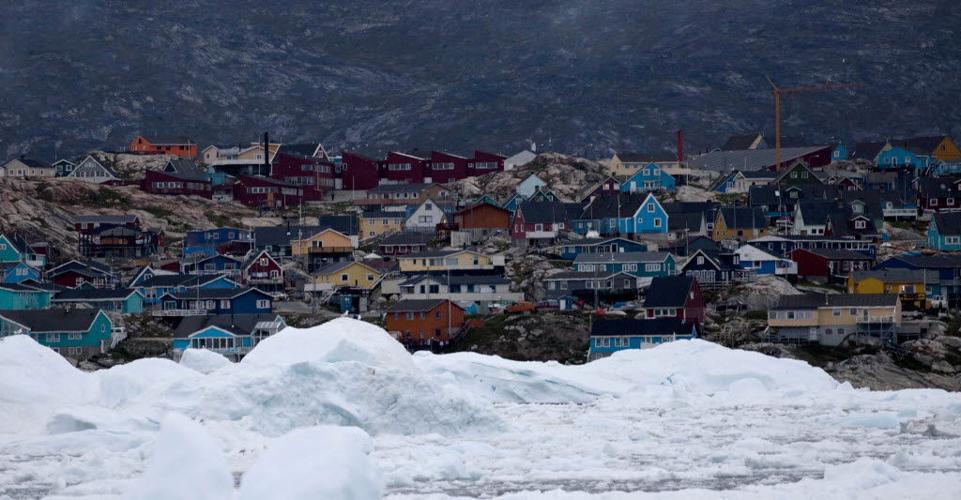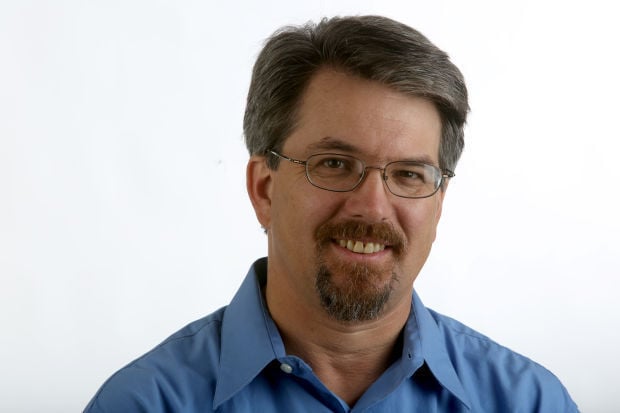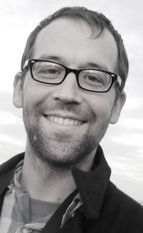Eric Holthaus has plenty of reason to panic.
President-elect Donald Trump infamously called global warming a “hoax.” And his transition team is considering not just pulling the U.S. out of the Paris Accord but also the 1992 multinational agreement that is the foundation for efforts to limit global warming.
But Holthaus, a Tucson meteorologist and journalist who specializes in documenting and sounding the alarm about global warming, tries to fend off that feeling. Of course, after Trump’s election, Holthaus has fallen into resignation and discouragement, but he’s avoiding panic the best he can.
Instead, Holthaus, 35, is embracing a heavily tempered optimism combined with pragmatism. After all, what else can he — or we — do?
Holthaus hosts a weekly podcast called Warm Regards and writes for a variety of publications, including Slate, the Wall Street Journal and MarketWatch, while keeping tabs on climate news and research. He lives in Tucson with his wife, Karen, and two children, ages 2 years and just 2 months.
Last week when I talked with him, new data from the Arctic was causing concern around the world. Temperatures at least 30 degrees Fahrenheit above normal have been causing sea-ice coverage to decrease in the Arctic Ocean at a time of year when it is usually expanding, leaving a gap in the ice bigger than Alaska.
Here is an edited transcript of our conversation.
Q: What is the story on the increase in temperatures in the Arctic?
A: I think it’s a combination of a bunch of weather systems aligning, to where it’s bringing warm air further north than normal, especially in the area north of Europe. This is where the Gulf Stream sort of ends, north of Scandinavia.
All of that warm water, especially this time of year, sits there and melts up into the atmosphere. Warm water creates more clouds and creates a blanket that helps lock in the warm temperatures.
It seems like over the last year or two, there has been maybe some critical mass reached that the sea ice across the entire Arctic is so thin that there is not enough cold air left in that region to freeze the sea ice like it normally does.
This is an open area of research in climate science. This is an area bigger than the size of Alaska that is open right now. It’s sort of a cutting-edge research question what the effect is on northern hemisphere weather.
Q: Could this be a tipping point that signifies a breakdown of the Arctic’s normal climate?
A: It’s something we’ve never seen before. Climate scientists are trying to piece together what’s happening.
The most obvious thing to me is a combination of warm water and warm air is not allowing the ice to form. Tracing back where that warm air and warm water came from and if it is because of human greenhouse gases, natural variability or both — the answer is probably both. I don’t know what weight to place on either of those things.
Q: Why do you find Donald Trump’s ascendance to the presidency so alarming?
A: Clearly we’ve shifted to a new track now, suddenly, where the United States had been relatively a global leader (in efforts to reduce emissions). Along with China, we’ve sort of kickstarted this push to have the agreement in Paris. I don’t think you can deny U.S. leadership over the last few years.
That being said, what we were doing was not enough. The world is still on track not to meet the goals set out in the Paris Agreement. The U.S. is also not on track to meet the 30 percent target.
Now it appears that there’s virtually no chance we’ll meet that target, if we have a policy of not only rolling back the Obama era climate rules but potentially going back decades.
Q: What could that lead to?
A: It’s as if we’re actually now bringing about the potential disruption of civilization itself. I’m just reading what the climate science conclusions bring us to.
Under the unabated scenario — 3 or 4 degrees Celsius of warming by late century — the consequences of that will be that you don’t have agriculture in parts of the world. You have the potential for destabilizing ice sheets and a couple of meters of sea level rise.
If we have 4 or 5 feet of sea level rise in our lifetimes that basically shuts down our economy. Coastal cities are really difficult to keep viable.
Q: So how do you stay hopeful?
A: The hope is that it hasn’t happened yet. You can’t operate as if the world is already doomed, because then why continue at all?
There is a potential for rapid progress just as there’s potential for rapid backsliding. The rest of the world still accounts for about 85 percent of global emissions and more than 90 percent of the population. The rest of the world can continue on without U.S. action. It’s just going to be slightly harder.
Q: Do you think Trump can be convinced to change his mind?
A. I’m just going to ignore that we have a president at all for the next four years and continue to work on areas where we can make progress. I prefer to put my energy into working to support people who are working on positive change and talking about ways that we can make a difference rather than trying to convince people who have their minds made up already.
How can we convince Trump to change his mind? To me it feels like a waste of time.







